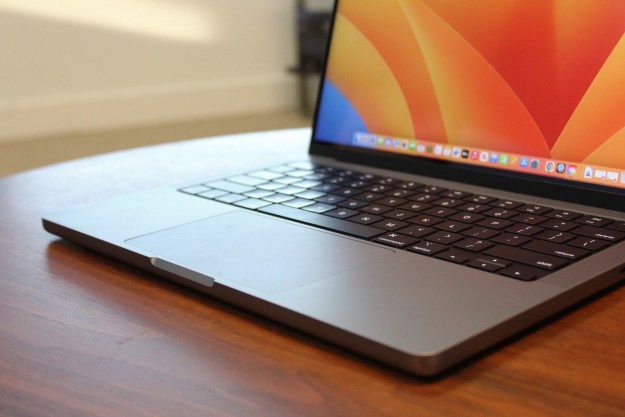
Accessory and peripheral maker Netgear has announced its Storage Central Turbo SC101T consumer-oriented network-attached storage device, enabling users to add any two 3.5-inch SATA drives to their network for easy, centralized data storage for movies, music, and pictures, or for any other data-intensive application—you know, like backups. The Storage Central Turbo is a followup to the company’s Storage Central NAS product, launched in 2005.
“This next-generation storage solution gives users the flexibility to place the unit on a network and have a centralized data repository, enabling them to share and back up any digital file from multiple networked computers—at fast Gigabit Ethernet transfer speeds,” said Sam Feng, director of product marketing for Netgear’s network storage products.
The Storage Central Turbo, like its predecessor, is designed to connect to a user’s existing wired Ethernet network and offer a centralized storage repository to all PCs connected to that network. The system can be used to distribute media (like movies, music, and photos) to multiple PCS on a network, or act as storage for any standard PC application and network service. NAS devices can be particularly useful on network-based backup systems. The new Storage Central Turbo supports up to two 3.5-inch SATA drives (which must be purchased separately), supports gigabit Ethernet, and supports disk mirroring so the unit can automatically keep redundant copies of data stored on it in case one of its drives fails. The unit ships with backup and synchronization software, and a built-in wizard helps users get the unit up and running quickly. The software is distinctly Windows-oriented, but some network-sharing and access services can be used from Mac OS X and Linux systems.
The Storage Central Turbo is available now at a suggested price of $199—again, drives not included.
Editors' Recommendations
- How to customize mouse gestures on Mac
- How to find a Wi-Fi password on Mac
- Does your Mac need antivirus software in 2024? We asked the experts
- Don’t download the latest macOS Ventura update just yet
- How to select multiple files on a Mac


